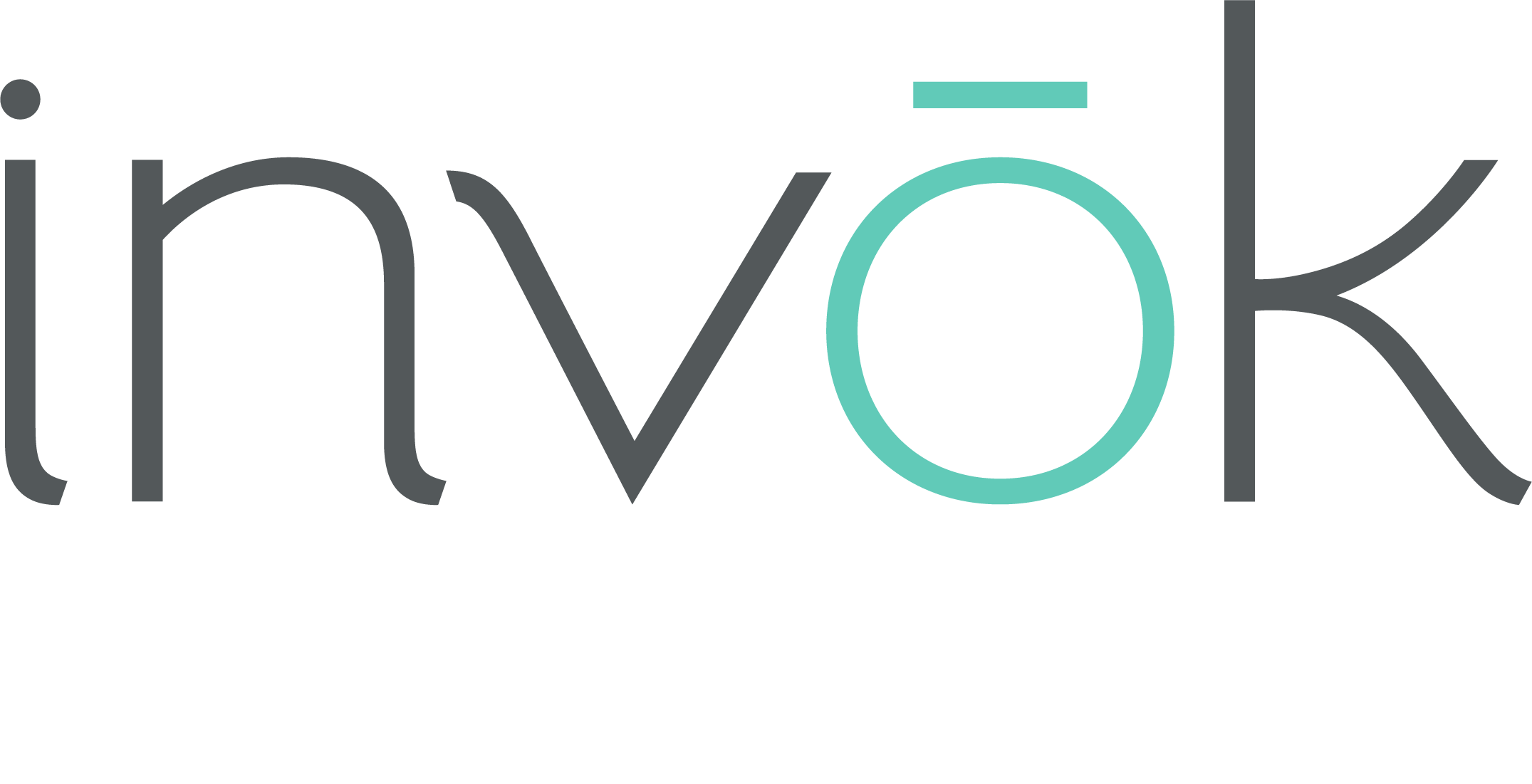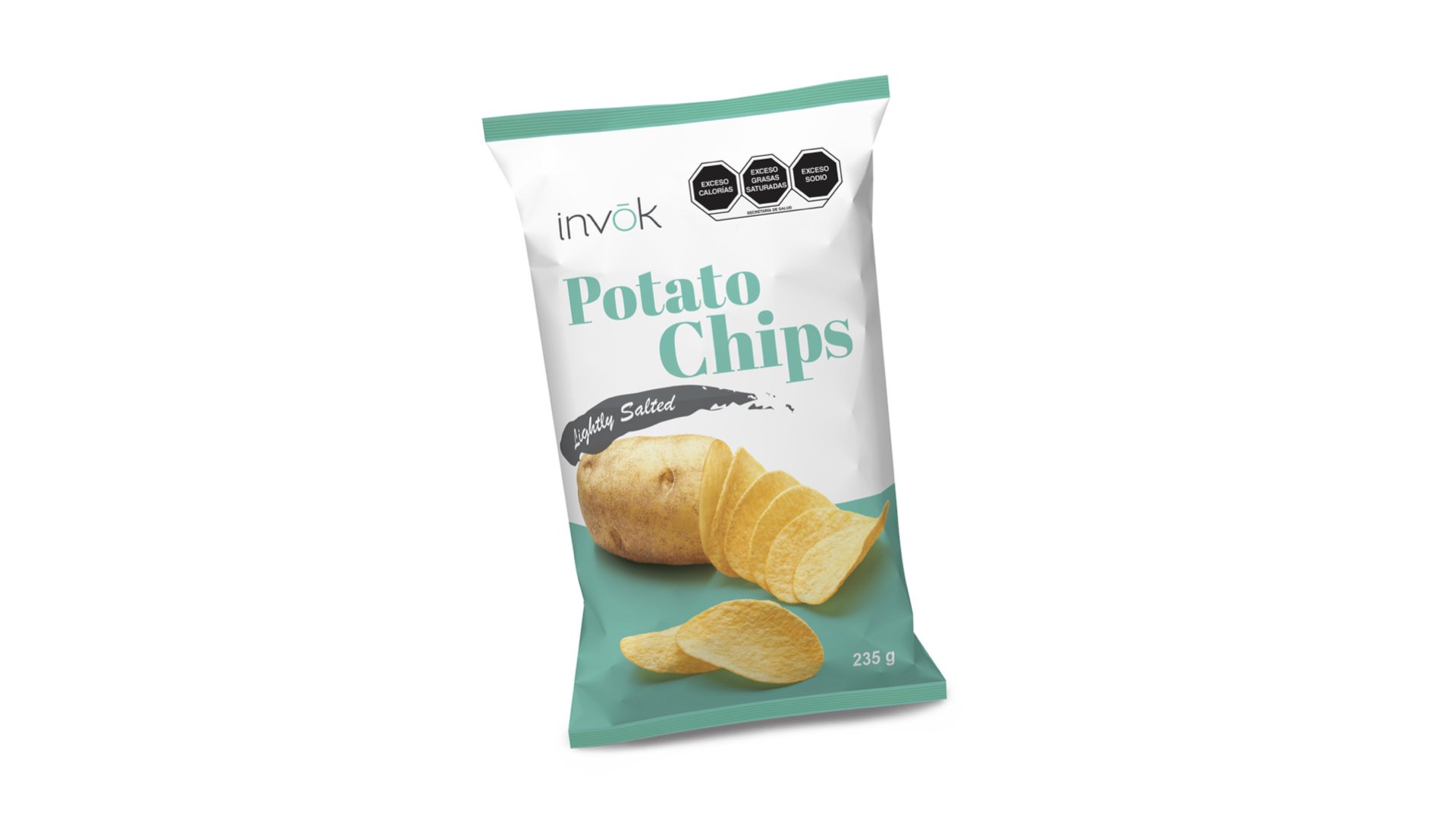An International Look at Front-of-Package Nutrition Labelling
Front-of-package nutrition labelling has gained traction worldwide because it can help consumers make better food choices. The Canadian government is the latest country to recognize this, and in January 2026, they will begin mandating that food products high in sodium, sugars, and saturated fats display a proper warning.
Canada has required Nutritional Facts Tables on food packaging in some form since 2007. In 2015, Canada proposed changes to the regulations, including making the NFT easier to find and use. The result was the Front of Package nutritional label, which provided "a simplified and visible indicator to help them make informed food choices when they are limited by time, motivation, or other factors."
As Canadian food brand managers start package design adaptation projects, here's a quick look at how FOP looks on packages worldwide.
European Union
In Europe, the European Food Information Regulation (FIR) came into effect in December 2014. It introduced the requirement for FOP nutrition labelling, making it mandatory for packaged foods to display critical nutritional information such as calories, fat, saturated fat, carbohydrates, sugars, and salt on the front of the package.
The European Union endorsed a reference intake system that used numbers to quantify nutrients as a proportion of daily intake. However, France, Belgium, and Spain chose to use a Nutriscore system with a spectrum rating of positive and negative signpostings.
United Kingdom
The United Kingdom leverages an evaluative Traffic Light Label system that uses meaningful colours, words and symbols for the consumer to evaluate nutrient levels.
France, Spain & Belgium
The Nutri-Score grading system used in parts of Europe highlights visually and alphabetically the overall nutritional value of a particular product.
“The Nutri-Score label is a tool that comes from research and provides a simple translation of data on nutritional composition, based on the strong evidence currently available, to guide consumers towards healthier food choices.” – Dr. Mélanie Deschasaux
Chile
Chile uses a system similar to the UK's interpretive system, but words are used on black stop-sign warning graphics to communicate excess fat, salt, sugar, and calories.
Australia & New Zealand
The Health Star Rating (HSR) system was introduced in Australia and New Zealand in 2014. It assigns a star rating to packaged foods to help consumers make healthier choices at a glance. This is a continuum style like the Nutriscore used in France to communicate overall healthiness.
There is a competitive opportunity for food brands sold in countries where FOP NL is not yet required, such as the United States. By adding nutritional labels to packaging, food brands can differentiate their products in a crowded market, showcase their commitment to transparency and health, and align with the broader societal shift towards health and wellness.
Stay tuned for our next article with more reasons to proactively implement transparent and informative FOP labels. Hint: your food brand could gain a competitive edge in an increasingly health-focused market.
The experts at Invok Brands wrote this article to guide you through these regulations and see the possibilities to improve your branding and/or package design.
Read our short insights each month about front-of-package labelling in Canada.






